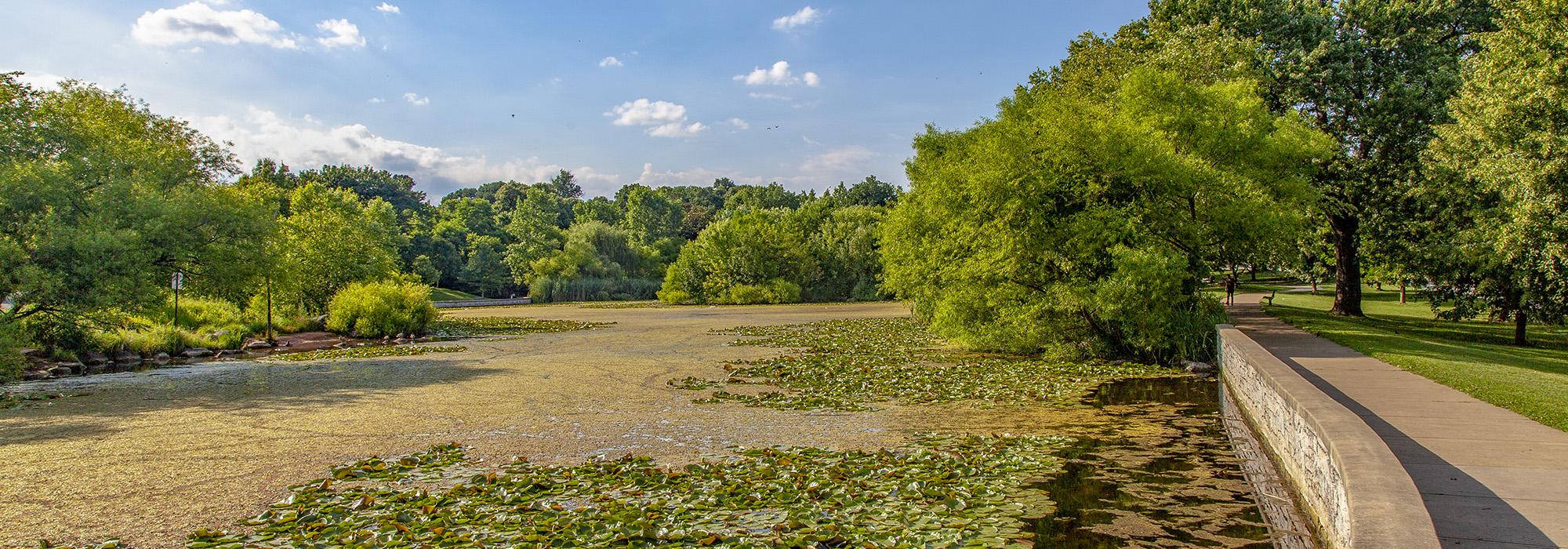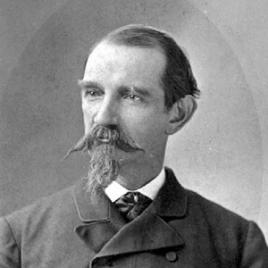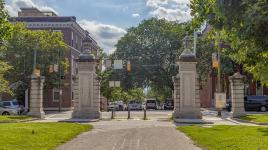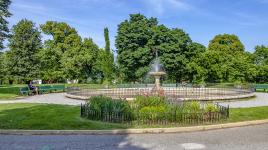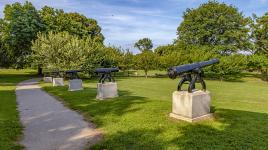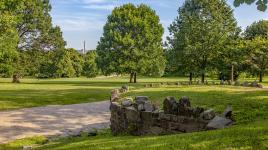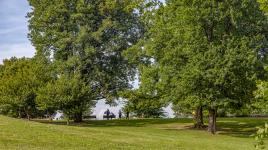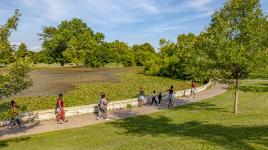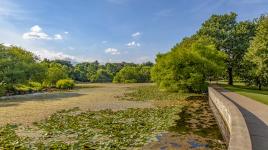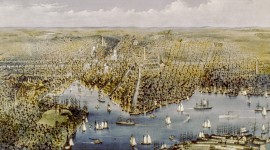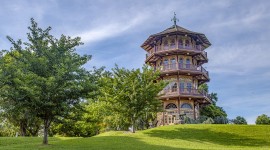Pioneer Information
Born in Baltimore, Maryland, Latrobe was the son of noted architect Benjamin Latrobe. The younger Latrobe was educated at St. Mary's College in Baltimore and studied engineering at his father's offices. After the outbreak of the Civil War in 1861, Latrobe, then in Florida, gave up engineering to join the Confederacy, eventually rising to the rank of lieutenant in the Engineers' Corps. Toward the end of the war, Latrobe resumed work, although choosing to engage in heavy construction rather than more artistic projects. He worked for several years with his father on expanding the rail lines west of the Ohio River at Wheeling, Pennsylvania.
On the appointment of his cousin General Ferdinand Latrobe to mayor of Baltimore City, Latrobe received the commission of the Jones Falls and was subsequently appointed to city engineer. Directly responsible for constructing the retaining walls along the Falls, he also designed the terraced gardens along Mount Royal Avenue at St. Paul Street, Calvert Street, and Guilford Avenue, which run over the Jones Falls valley. As an engineer with the Baltimore Bridge Company, he designed several iron bridges in the area but gained notoriety for the design and construction of the Agua de Verrugas viaduct (575 feet long and 263 feet wide), constructed across one of the deepest gorges in the Andes, Peru. First as the city engineer and later as general superintendent of public parks, Latrobe was heavily involved in the beautification of Baltimore’s parks, including the Zoological Gardens at Druid Hill Park, a project he oversaw until his death. He also acted as the consulting architect for McKim, Mead & White’s Lovely Lane Church in Baltimore and is credited with designing the iron-and-timber trusses that support the 130-ton roof and dome that spans the church’s auditorium. Latrobe died at the age of 68 and is buried in Baltimore’s Green Mount Cemetery



